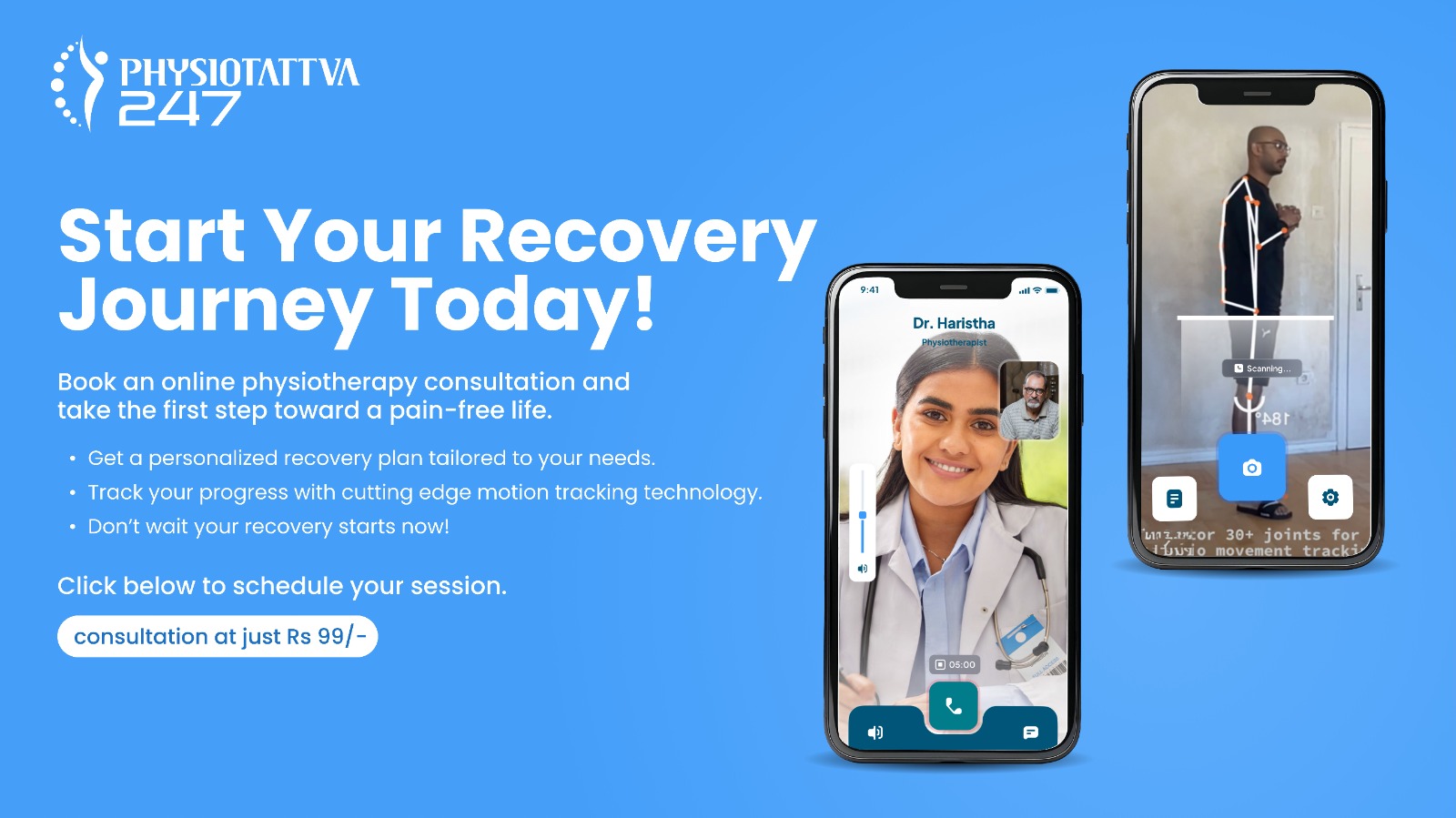Types of Transcutaneous Electrical Nerve Stimulation (TENS)Therapy:
The therapists can set the TENS device with different wavelengths and frequencies. Therefore, patients receiving the therapy may get a huge burst of electrical current or moderate current. The therapist decides the settings based on the condition of the patients. The types of therapy are:
This mode of therapy aims to activate a large area of non-noxious nerves to induce segmental analgesia. It involves applying low-intensity and high-frequency impulses at the pain location in any part of the body.
In this method, TENS provides jerks to muscles and activates the small-diameter motor nerves to induce extrasegmental analgesia. It uses high-intensity and low-frequency impulses over the muscles, trigger points, acupuncture points to produce strong and tolerable contractions. The therapists administer the impulses for about fifteen to thirty minutes at a time.
This mode of therapy activates small-diameter noxious nerves to induce peripheral blockage of the nerve and extrasegmental analgesia. It involves high-intensity and high-frequency impulses on the site of the pain and is administered for a few minutes at one time.
Risks of Transcutaneous Electrical Nerve Stimulation (TENS)Therapy:
Transcutaneous Electrical Nerve Stimulation therapy is safe and effective for most people, and they may not experience any complications. However, the electrical impulses from the TENS unit may produce a tingling, prickling, or itchy sensation that they find uncomfortable. Besides, some people may get allergies from the adhesive tapes that attach to the skin. So, people who are allergic to the adhesive tapes may choose the hypoallergenic variety. If the redness, itchiness, or tingling sensation persists long after the therapy, informing the therapist or a GP is essential.
Benefits of Transcutaneous Electrical Nerve Stimulation (TENS)Therapy:
TENS treats pain through stimulation of the nerves. The benefits of the therapy are:
- Retraining nerve patterns
The damaged nerves lose the ability to send or receive signals, causing pain and difficulty of movement. TENS therapy retrains the nerve patterns through the electrical impulses and stimulates the muscles.
Pain and inflammation go hand in hand. The TENS unit reduces inflammation and reduces pain. Research reveals that the therapy reduces inflammation deep within the muscle fibers.
The cost of uninterrupted pain medications is expensive. However, the TENS unit is a one-time investment for improving pain.
The TENS unit is small and portable, allowing people to carry the device to any location and access it for pain relief at any given time.
For people requiring massage, the TENS unit uses a different pulse pattern to provide deep massage.
Pain management improves the overall quality of life. The TENS unit helps people resume normal activities through effective pain relief.
The device used for applying TENS therapy is easy to use and does not have significant side effects.
Transcutaneous Electrical Nerve Stimulation (TENS)Therapy is used for which conditions:
TENS therapy relieves acute and chronic pain. The conditions that the therapy treats are:
- Osteoarthritis or joint disease
- Tendinitis or inflammation of tendons
- Low back pain
- Chronic pelvic pain
- Bursitis or fluid-filled that supports or cushions the joints
- Diabetic neuropathy or damage to the nerves connecting the spinal cord to the brain and the rest of the body.
- Fibromyalgia or pain in tendons, muscles, and joints
- Peripheral artery disease or hardened arteries circulating blood to the body.
Who Should not have Transcutaneous Electrical Nerve Stimulation (TENS)Therapy?
The TENS therapy is safe and effective but the following conditions do not allow using it:
- Avoid using the therapy over the area or close to them where an electrical device is implanted.
- Pregnant women must avoid applying the therapy on the abdomen, lower back, and pelvic area or on the acupuncture points of the ankle, knee, and the hand.
- Applying TENS on the head, neck, and shoulders may cause epilepsy.
- Avid applying the electrodes on the areas suspected to have cancer.
- Not applying the therapy with a hemorrhagic disorder or actively bleeding tissues.
- People with deep vein thrombosis must not use the therapy as it may increase blood circulation.
- People with arrhythmias and heart failure should not apply the therapy on the chest.
How to prepare for Transcutaneous Electrical Nerve Stimulation (TENS)Therapy:
The therapist places the electrodes on the skin surface and above the overactive nerves to prepare the patient before starting the therapy.
What happens after Transcutaneous Electrical Nerve Stimulation (TENS) Therapy?
The TENS therapy stimulates the skin, promotes tendon repair and wound healing. It also increases blood flow and repairs the tissues quickly.



-Physiotherapy.webp)
-for-Shoulder-Pain-Relief.webp)
-for-Knee-Pain-Relief.webp)


-for-Back-Pain-Relief%20(1).webp)





.webp)











.webp)


.webp)
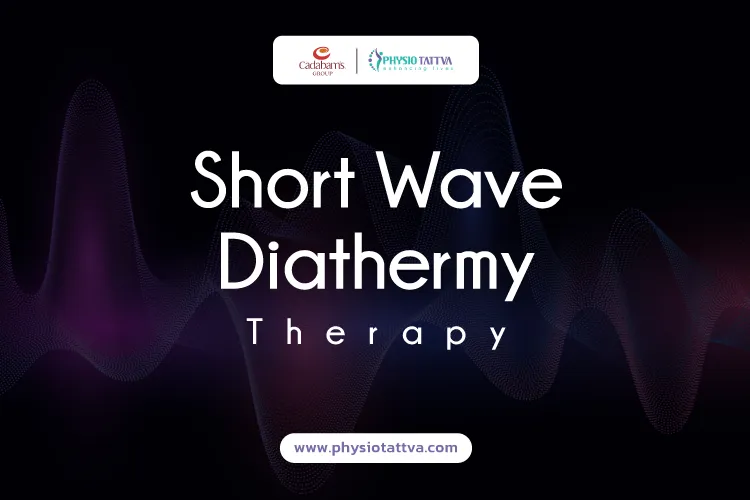
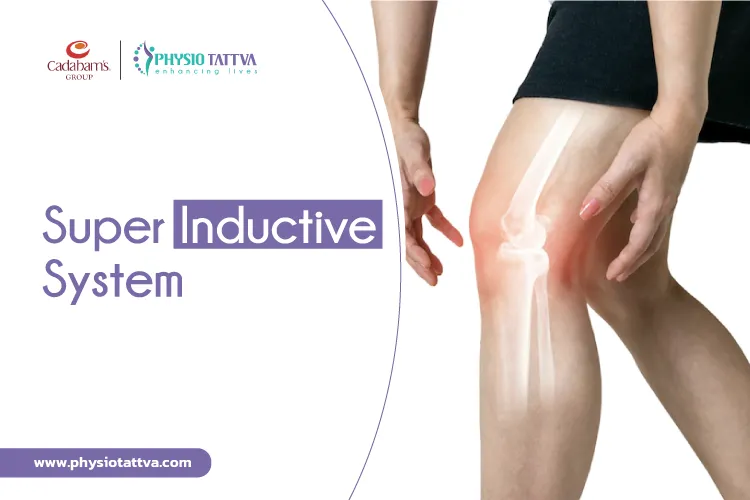
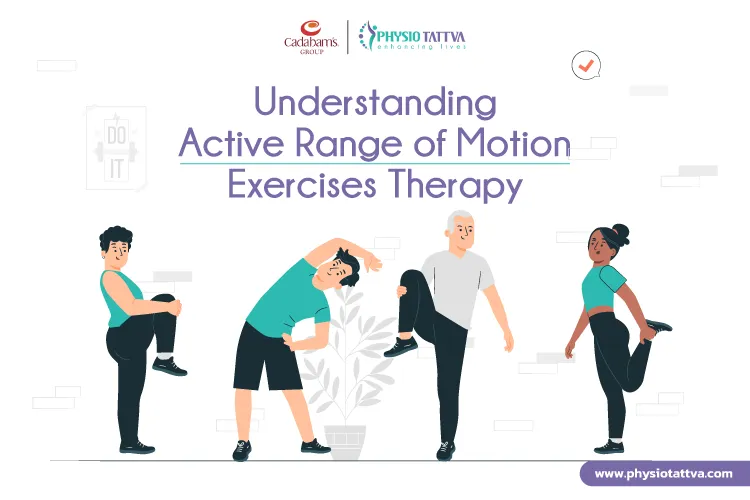
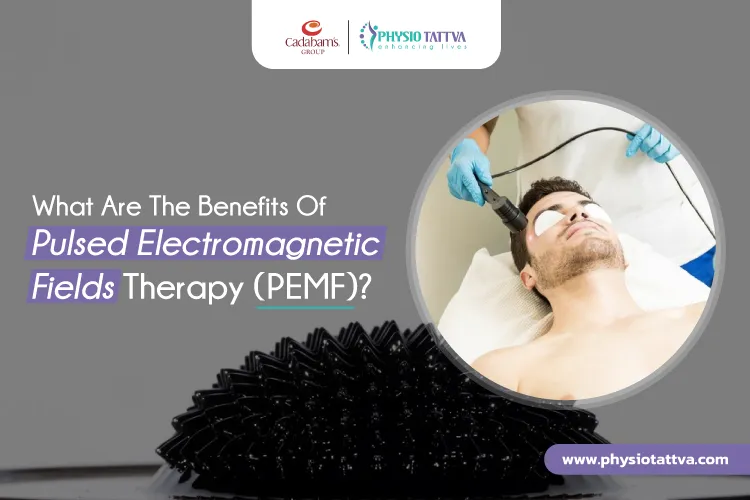

.webp)
.webp)


.webp)
.webp)

.webp)
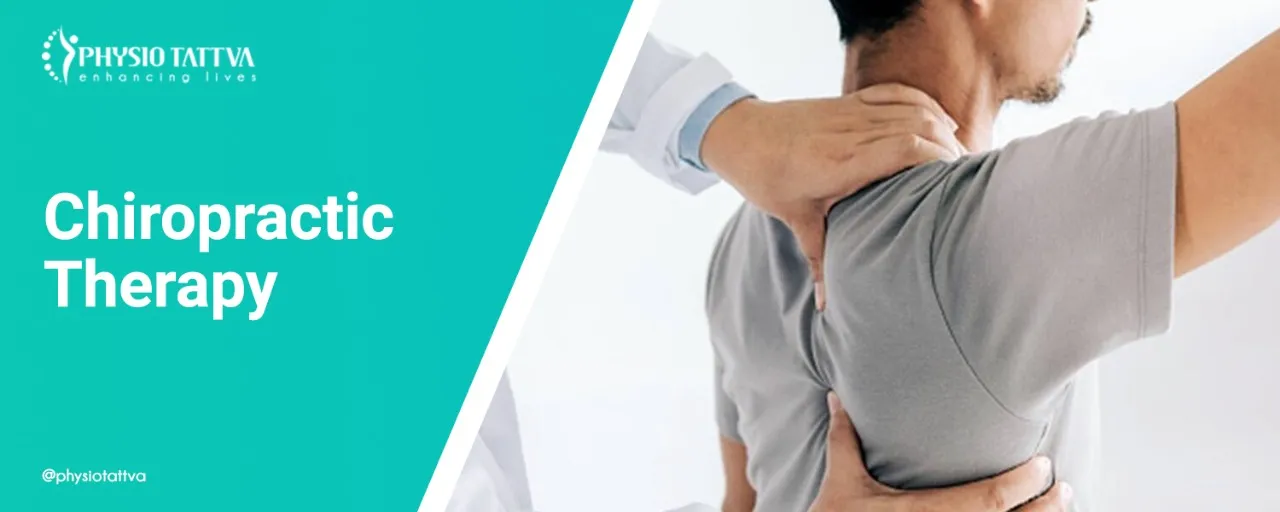
.webp)
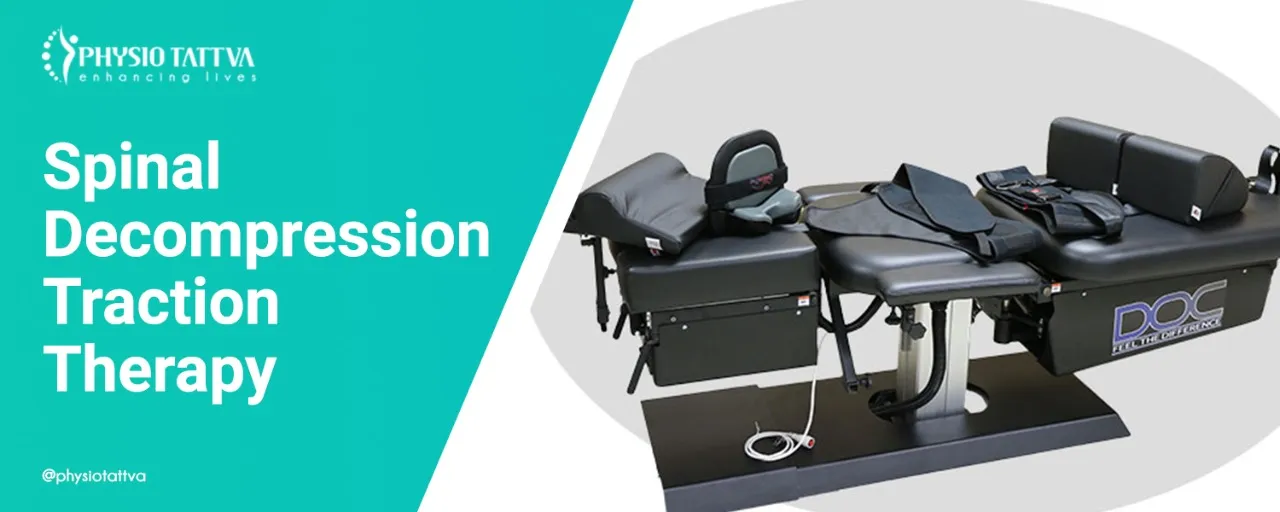
.webp)
.webp)
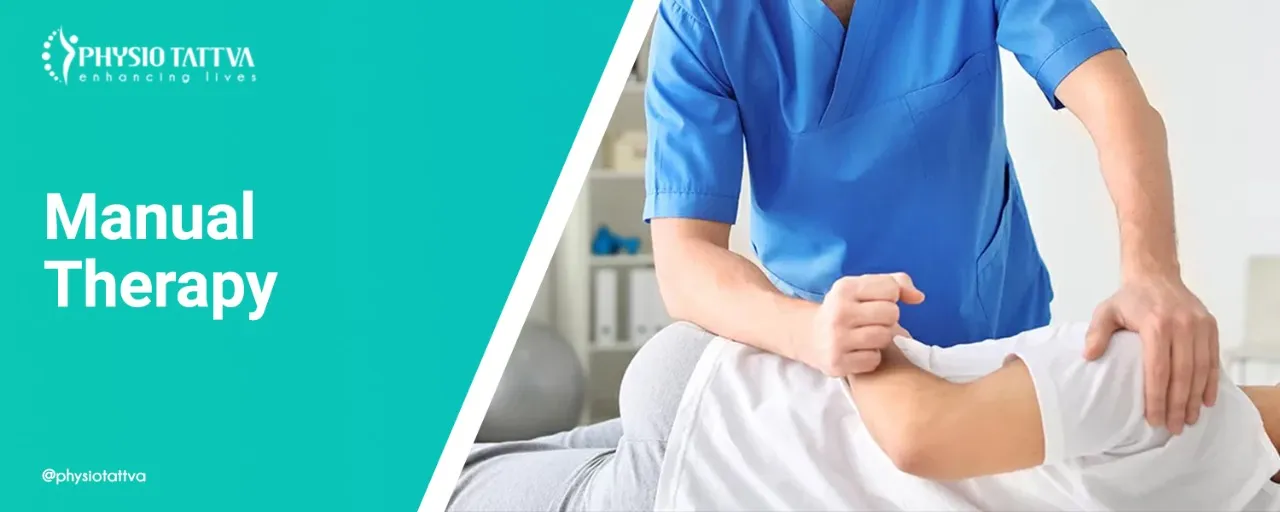
.webp)

.webp)








.webp)

.jpeg)

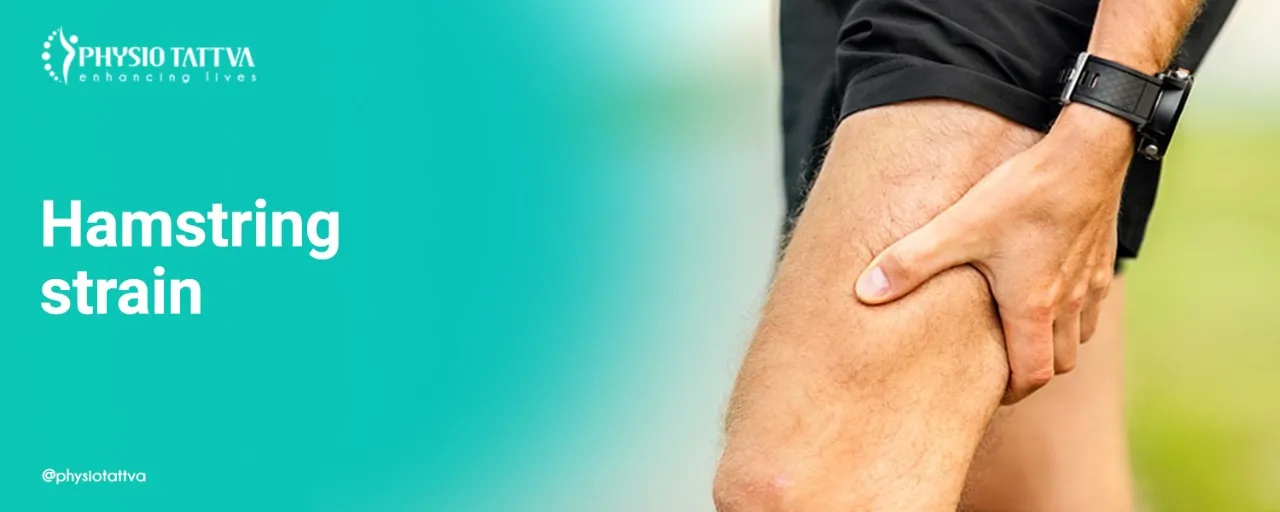

.webp)

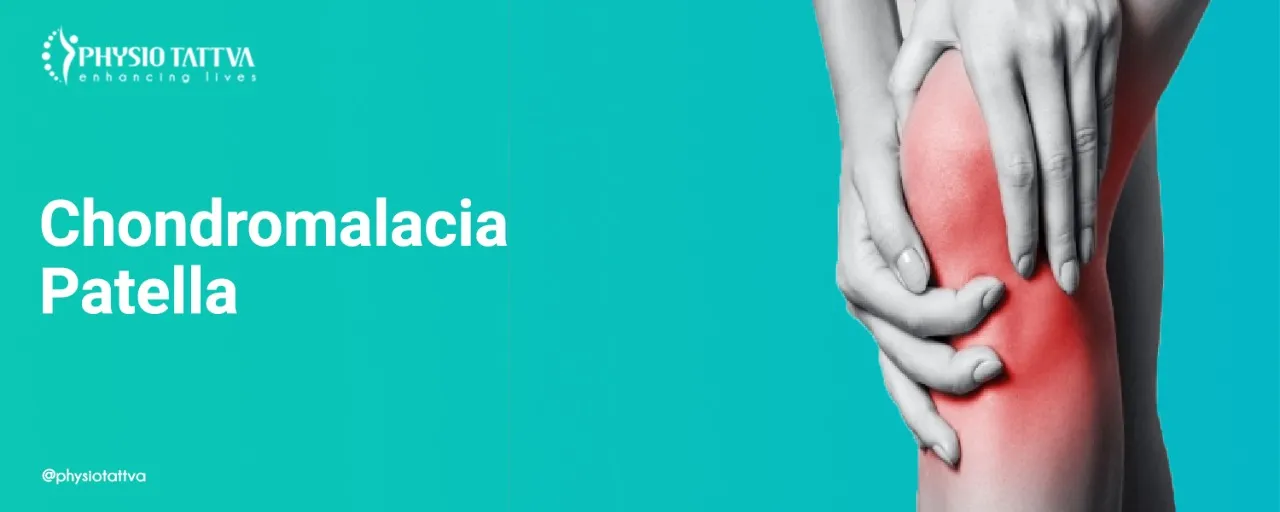


.webp)
.webp)


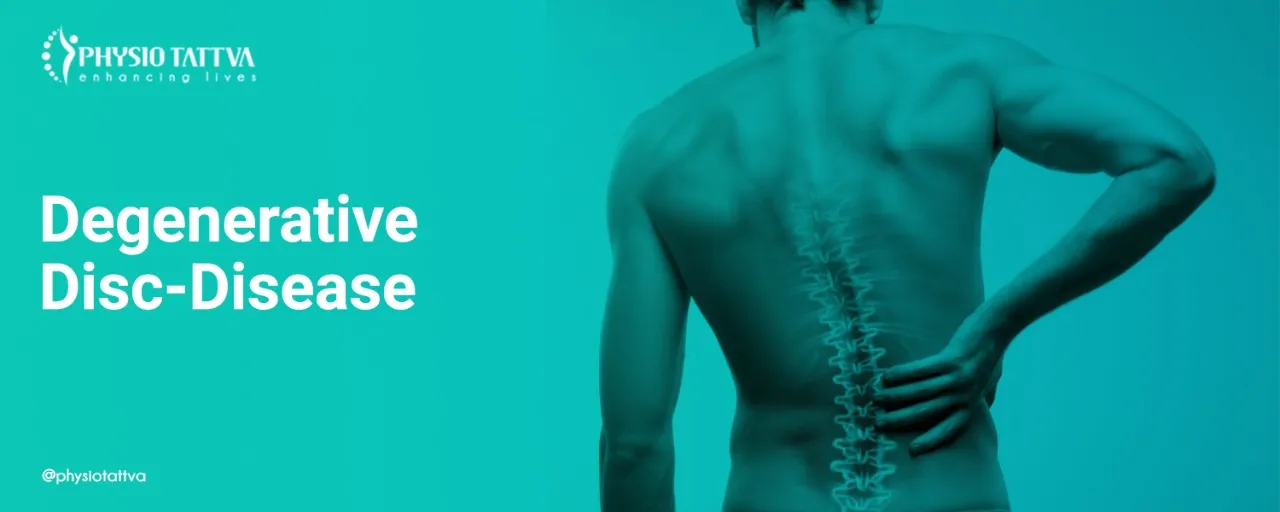
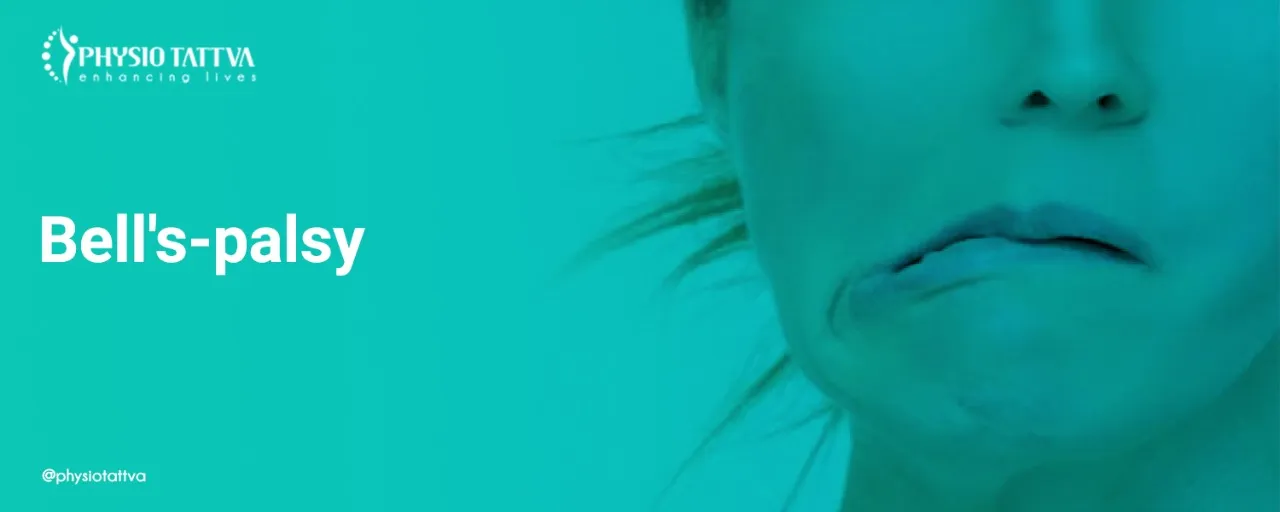







.png)





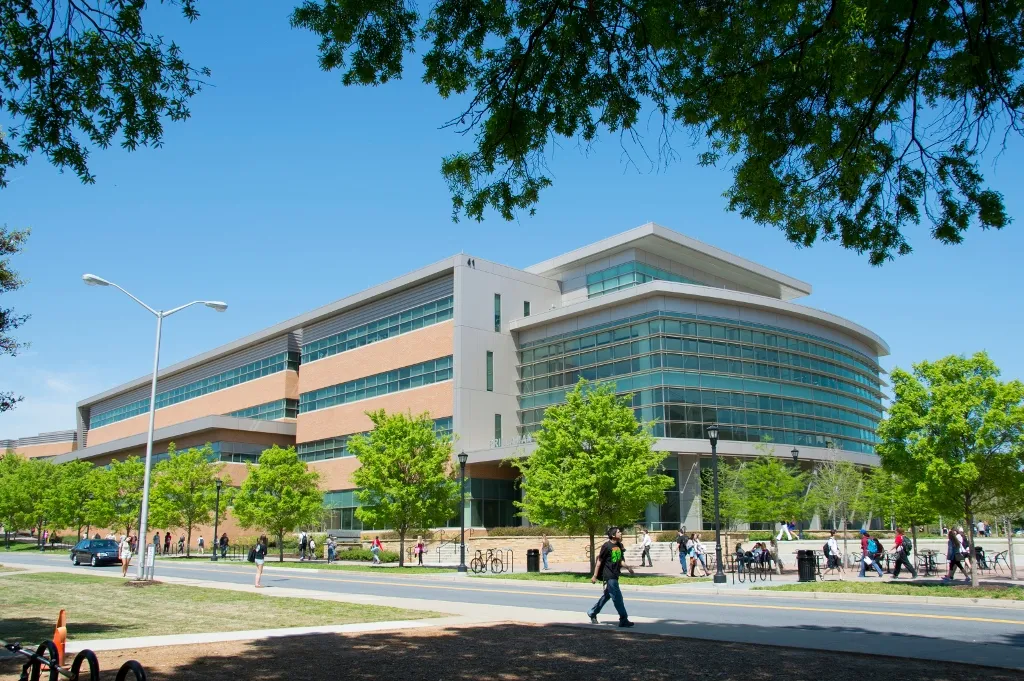



%20(1)-p-3200.jpeg)


.jpg)
.webp)
.webp)
.webp)



